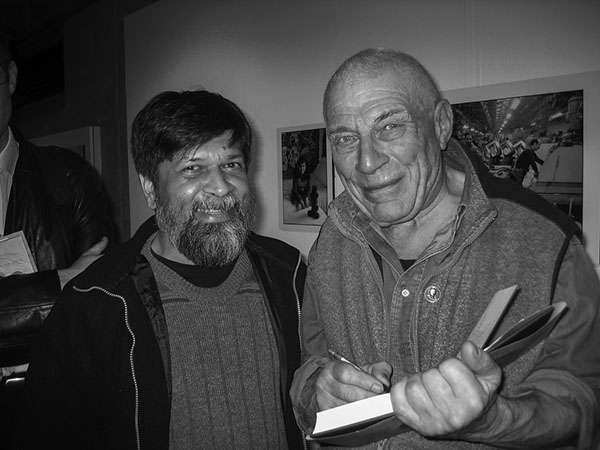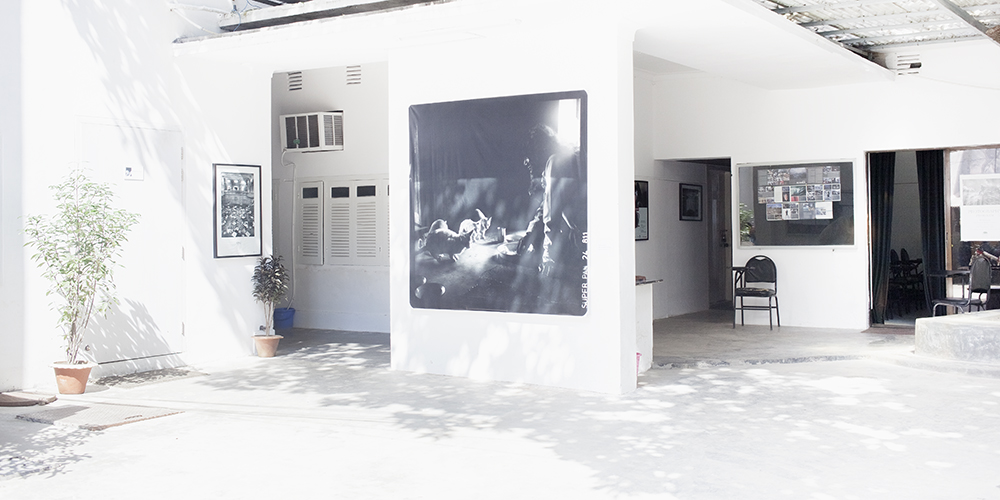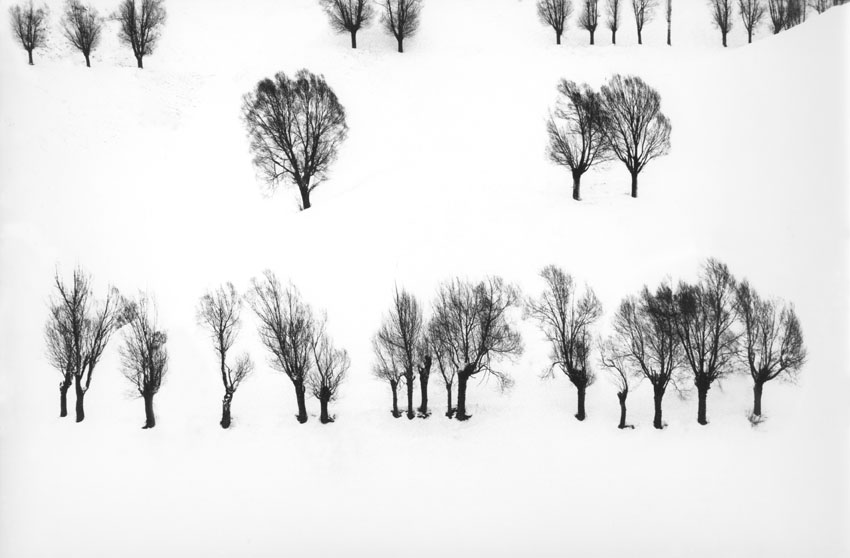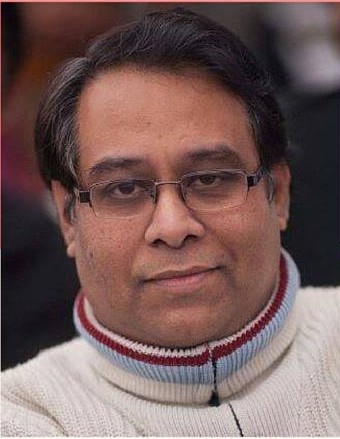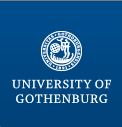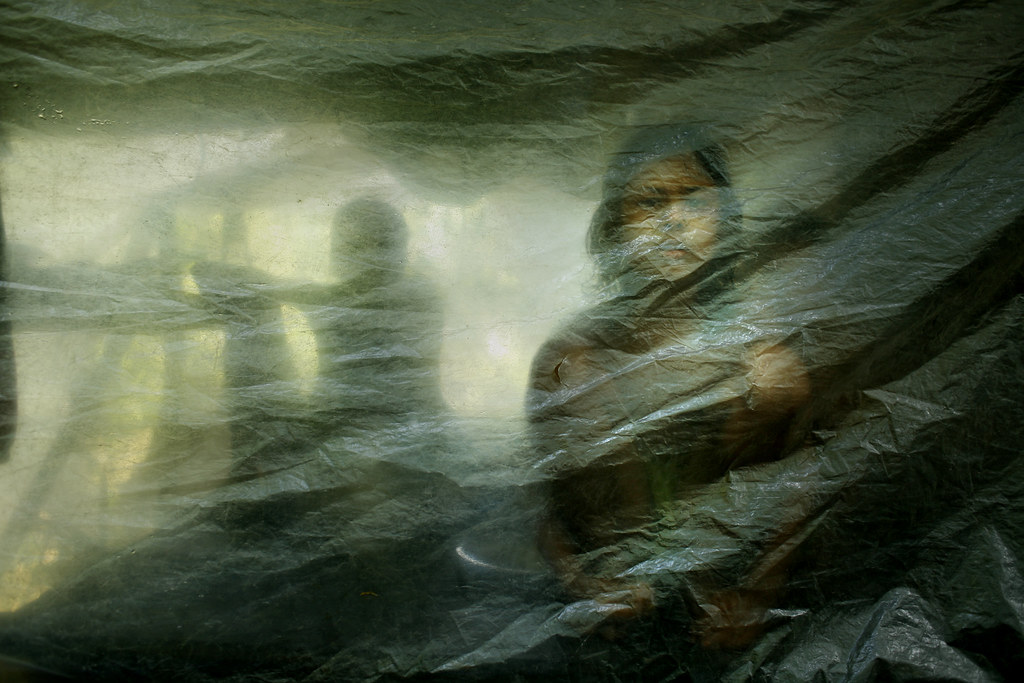I’d pretty much perfected the art. I’d go down to the newest library I could find. Become a member as quickly as I could, and armed with my new membership card head straight to section 770, the magical number for photography at UK public libraries. I would take out the full complement of 8 books that I was allowed at any one time. When the lending period was over, they would be replaced by another eight.
I devoured the books, which were mostly monographs, or ones on technique, composition or even special effects. I knew too little about photography, to know how limited my knowledge was. It was many years later, when my partner Rahnuma, gave me a copy of “The Seventh Man” by John Berger, that a new way of looking at photographs opened up. Unknowingly, it was the book “Ways of Seeing” that later opened another window. One that helped me see the world of storytelling. That was when I realised that image making was only a part of the process. Once youtube arrived on the scene, and the television series with the same name entered our consciousness in such a powerful way, his TV series “Ways of Seeing” became my new staple diet. Here was a leftie who could still speak in a language the average person could understand, and that too on a topic such as art. His fascination was neither about the artist nor the artwork itself, but how we responded to it and how it gained new meaning through our interaction. While it was art he was dissecting, it was popular culture he was framing it within.
That there was so much to read in a photograph, beyond the technicalities of shutter speed, aperture and resolution, is something my years of reading section 770 had never revealed. The photographs of Jean Mohr (The Seventh Man), were unlikely to win awards in contests, or fetch high prices in auctions, but Berger’s insights into the situations and the relationships that the photographs embodied, gave them a value way beyond the mechanics of image formation. Berger never undermined the technical or aesthetic merits of a photograph. He simply found far more interesting things to unearth.
